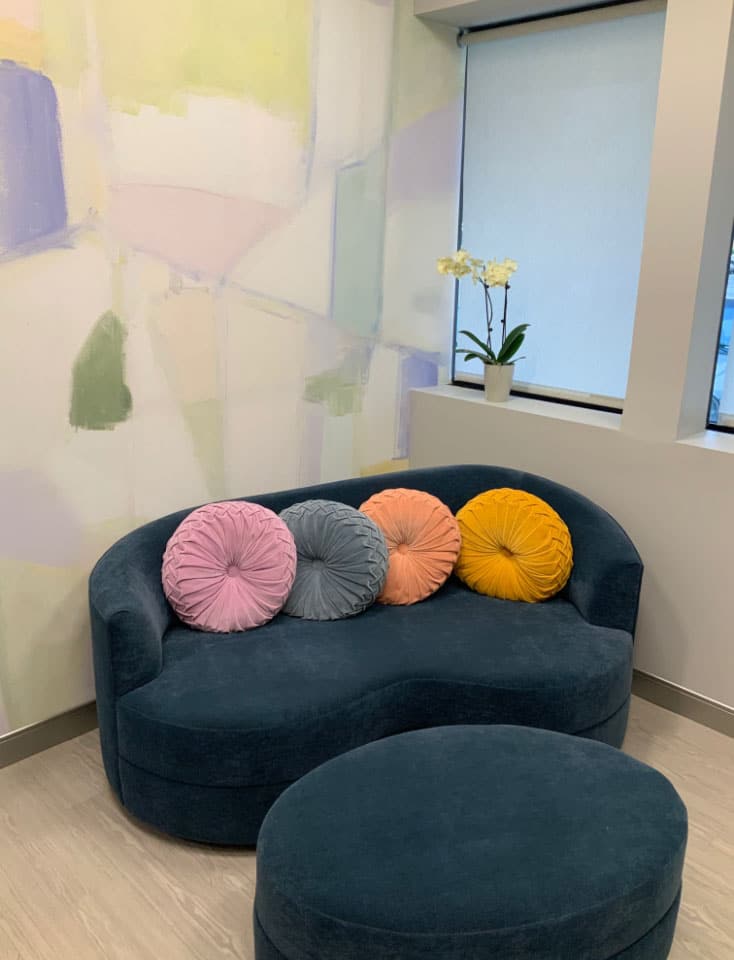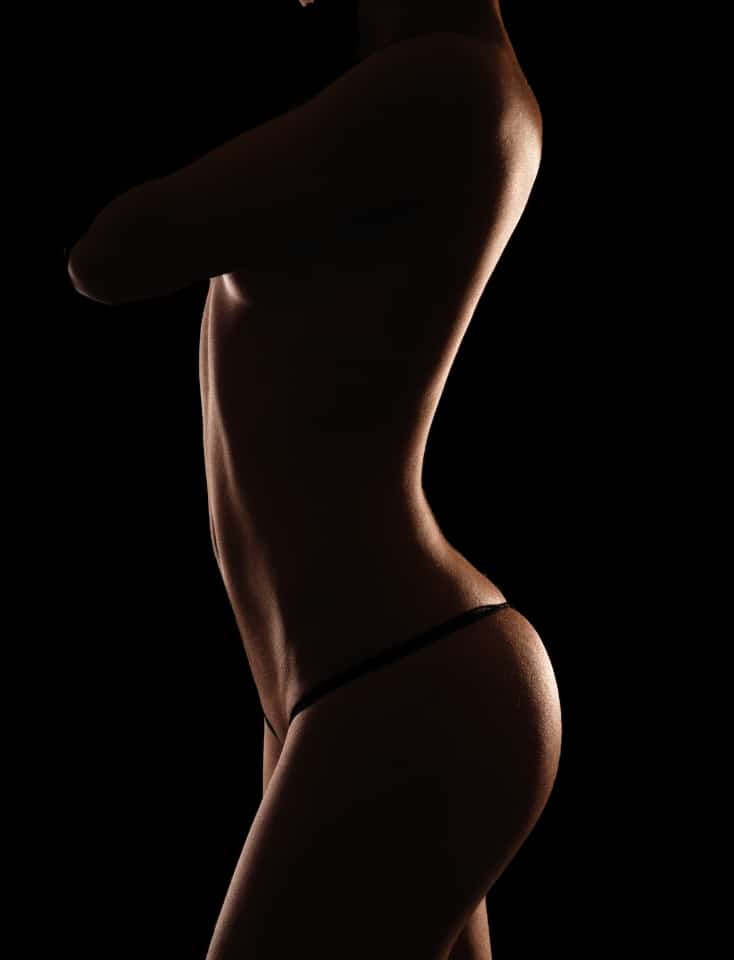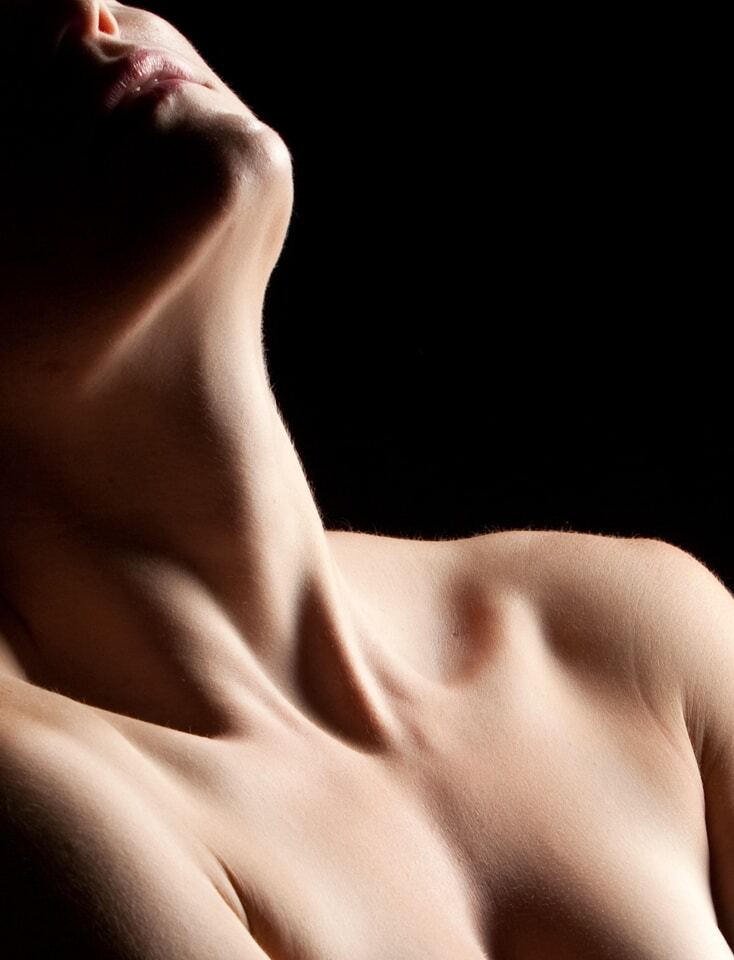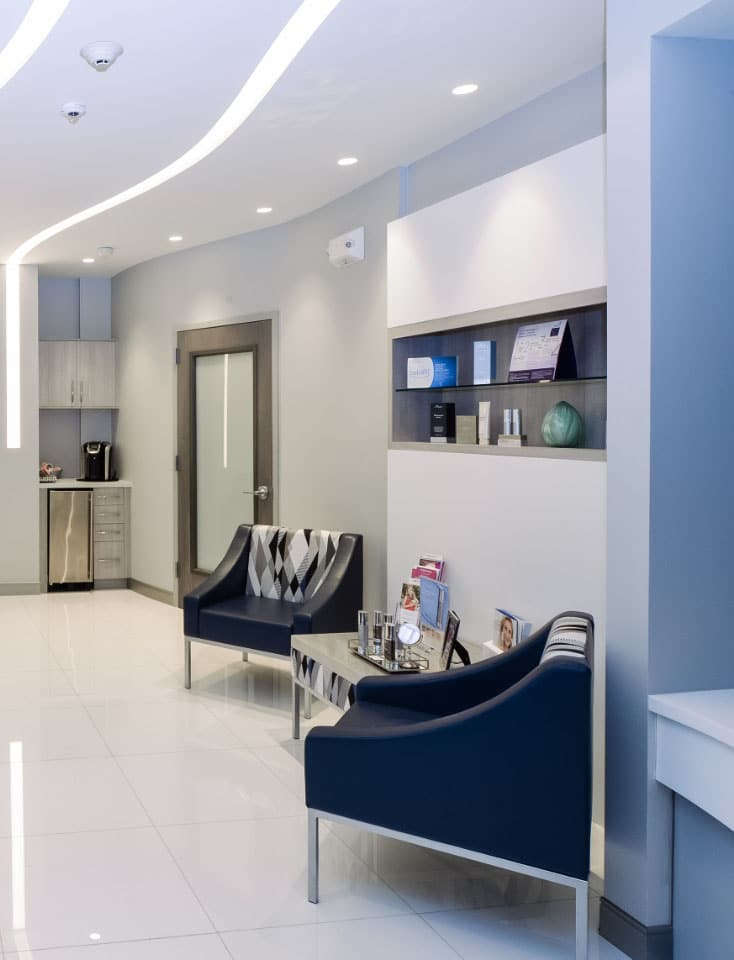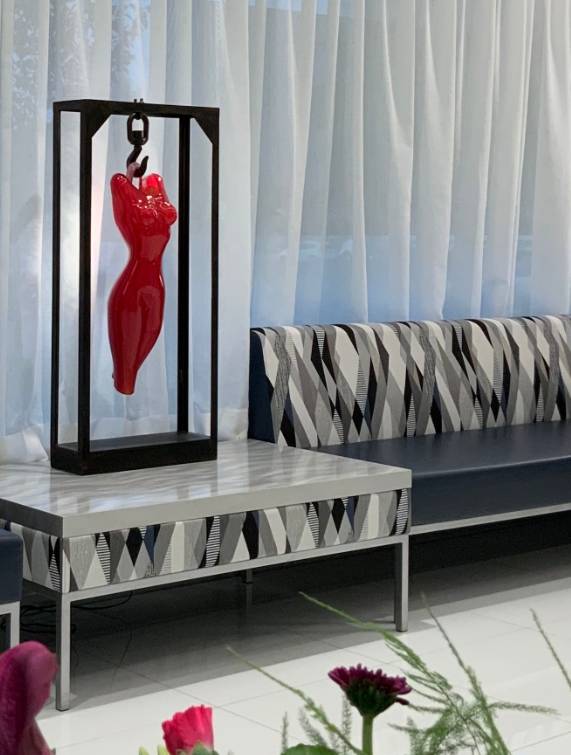Silicone is material that has a rubbery texture. A breast implant consists of a solid silicone shell (bag) filled with either saline (salt water) or silicone gel. All breast implants are made by spraying a mold with or dipping a mold into liquid silicone. When the silicone dries, the implant is then peeled off the mold. When the implant is removed from the mold, there is a small opening on the back (underside) of the implant where the mold was attached to its supporting pole. A silicone patch is then applied to seal the implant. To make a silicone gel filled implant, a needle is inserted through the patch to inject the silicone gel. To make a saline implant, a separate valve is attached to the front of the implant. Silicone gel filled implants are inserted pre-filled with silicone gel, but saline implants are inserted deflated. First, a fill tube is attached to the implant and then the implant is rolled up like a cigar. Once inside the breast, saline is inserted into the implant via the fill tube. The fill tube is then removed when the implant is fully inflated, and the valve plug is pressed into the valve to seal it.
Silicone gel filled implants were re-released by the FDA in November 2006 after fifteen years of extensive study. Silicone implants have become extremely popular.
THE FILLER: Silicone gel is “cohesive” filler where saline is not. This means that the silicone gel holds together and does not disperse should there be a disruption in the silicone envelope that contains the gel filler. The more “cross-linking” of the silicone, the more the gel tends to retain its shape, a term called “form-stable”.
SHAPE: Saline implants are available in either a round or a teardrop shape. The advantage to a saline teardrop implant is that the overall breast shape is more natural in most cases. Use of saline teardrop implants requires greater attention to detail in placement than a round implant. A common criticism of teardrop implants from my colleagues is that they turn once inside the breast (not true for a first time augmentation) and that later on they look the same as round implants. When I look at my own results with saline teardrop versus round implants, I believe that the shape of the breasts with the teardrop saline implants is clearly superior to those with the round saline implants. If you view the cases on my web site, https://www.epsteinplasticsurgery.com, I think that you will come to the same conclusion.
Silicone gel filled implants are available in a round shape only. However, due to the cohesive nature of the gel filler, the round implant tends to give a more natural appearance of the breast than a round saline implant. When reviewing my own cases, (again, you can see them on my website), I think that you will agree that the appearance of the round silicone gel implants is similar to those of the teardrop saline implants.
EASE OF USE: The advantage of saline round implants are that they are much easier to use and less expensive than teardrop saline implants. There is a definite “learning curve” to using teardrop implants. If you are placing saline implants, I do agree that the teardrop implants should be highly considered. As of this writing, silicone gel implants are only available in a round shape, and thus easy to place, but because they are prefilled and cannot be rolled up, require a slightly longer incision than saline implants do, but not enough to warrant a choice of one or the other.
FEEL: Due to the cohesive nature of the silicone gel filled implants, in my experience (and my patients agree) the breasts augmented with silicone gel implants feel much softer and more natural than those with saline implants do. Breasts with saline implants feel much more firm and unnatural. The more soft tissue that you have to cover the implant (muscle and particularly breast tissue, the less palpable a saline implant will be. However, understand that as the breast ages, and then undergoes changes caused by pregnancy and lactation, it will atrophy (the tissue thins out). As atrophy occurs, a previously less palpable saline implant may not be noticeably visible and easily palpable. I have seen this happen in a few patients who underwent augmentation prior to pregnancy and then returning a year or so after childbirth.
RIPPLING/WRINKING: There is far less visible and palpable rippling and wrinkling with silicone gel implants over saline implants (14 times less!).
SAFETY: Silicone gel implants were used for many years in this country, as well as in many countries around the world, until 1991 when the FDA enacted a moratorium on their use, pending the results of several studies designed to examine the safety of the device. On November 17, 2006, the FDA approved the use of silicone breast implants for breast augmentation and reconstruction. Breast implants are the most studied medical devices in history.
Silicone is biologically inert. This means that there is no reaction between silicone and the body. You cannot reject silicone nor be allergic to it. There is absolutely no connection between breast cancer and breast implants. Studies have shown that the incidence of breast cancer is the same in women with breast implants as those who do not have them. Furthermore, in those that do develop breast cancer, the stage of breast cancer at detection is the same for within with and without breast implants.
The safety of silicone-filled breast implants is supported by extensive pre-clinical device testing, their use in approximately 1,000,000 women worldwide and nearly a decade of U.S. clinical experience involving more than 80,000 women. These carefully designed medical studies have proven that there is no connection between breast implants and any other disease processes.
LEAKAGE/TEARS: Both saline and silicone gel filled implants are safe. Should a saline implant develop a tear or even a pinhole leak, the implant will deflate in about 48 hours. Leaks can also occur at the fill valve, which is not an issue with silicone gel implants which do not have a fill valve. When the implant deflates, the breast will be noticeably smaller and feel much different than it was a few days before. Should a silicone implant develop a pinhole, the gel will most likely stay inside the implant due to the cohesive nature of the gel? Should a larger tear occur, there may be some movement of the gel out of the implant. However, the gel would be contained by the normal scar tissue “capsule” that forms around all breast implants shortly after implantation. If a problem occurs with a gel implant, you may notice a change in the shape or feel of the breast, or experience some mild discomfort. An ultrasound of the breast is an excellent way to detect the presence of a problem with a breast implant. Actual rupture rates are extremely low, approximately 1% per year.
PATIENT SATISFACTION: Based on the research collected in the US and the practical experience gained outside of the US for the past 25 years in over 60 countries, where both silicone and saline have been available to women and 90% of the markets prefer silicone, women generally find silicone breast implants to look and feel more natural than saline implants.
RESTRICTIONS: Saline implants are approved by the FDA for use in women 18 years and older. Silicone gel filled implants are approved for women age 22 years and older.
COST: Silicone gel implants do cost a little more than saline implants, but it is my opinion that the difference should not be enough to be a factor in selecting which type of implant you which to have.
The FDA’s decision confirms that silicone gel-filled breast implants are a safe and effective option for women seeking breast implant surgery. Now, with the FDA approval of Silicone-Filled Breast Implants, I am able to offer a broader range of options to all of my patients, many of whom desire to rejuvenate their breasts after child bearing, or enjoy a fuller shape for which nature has otherwise denied them.


